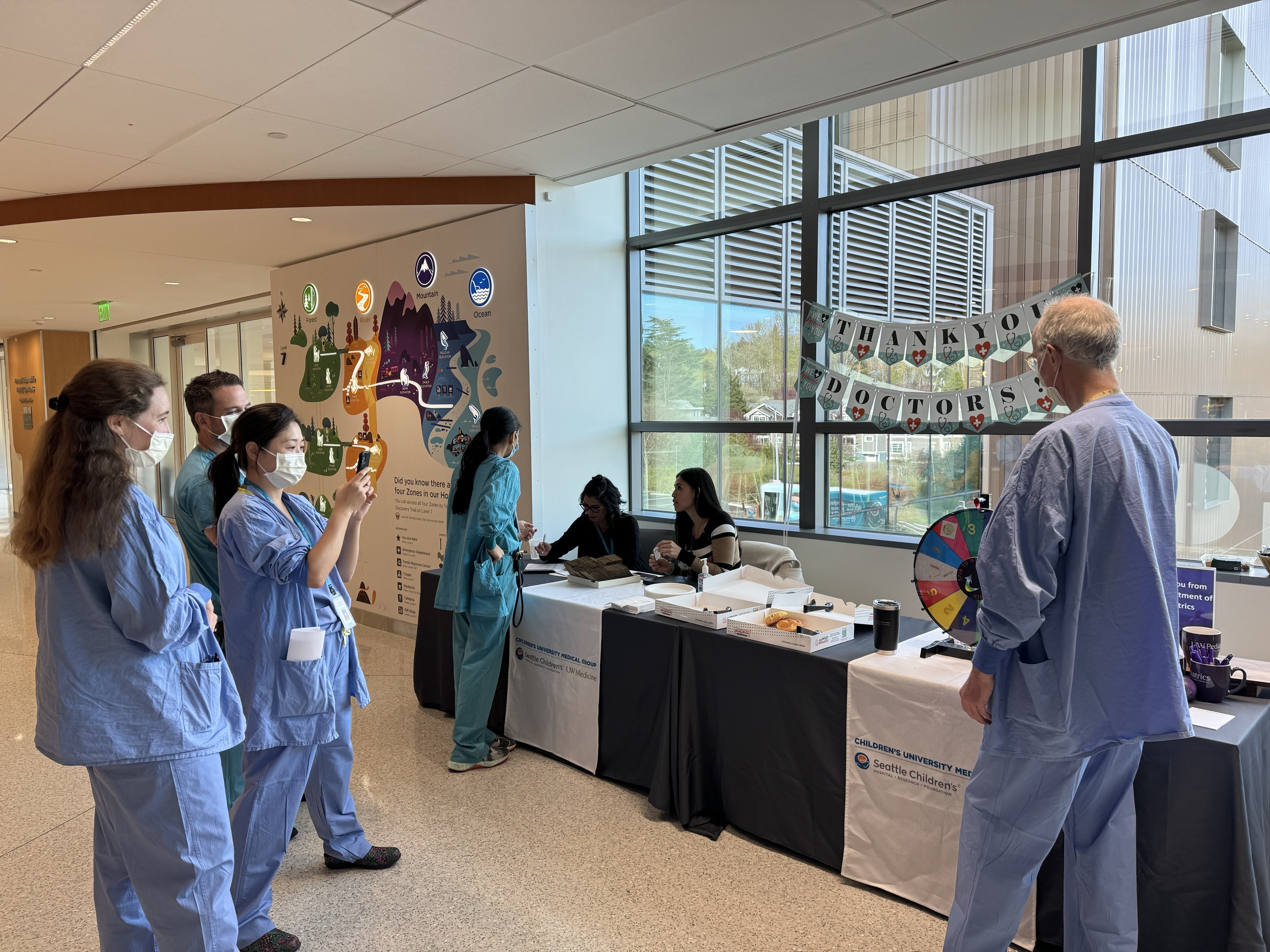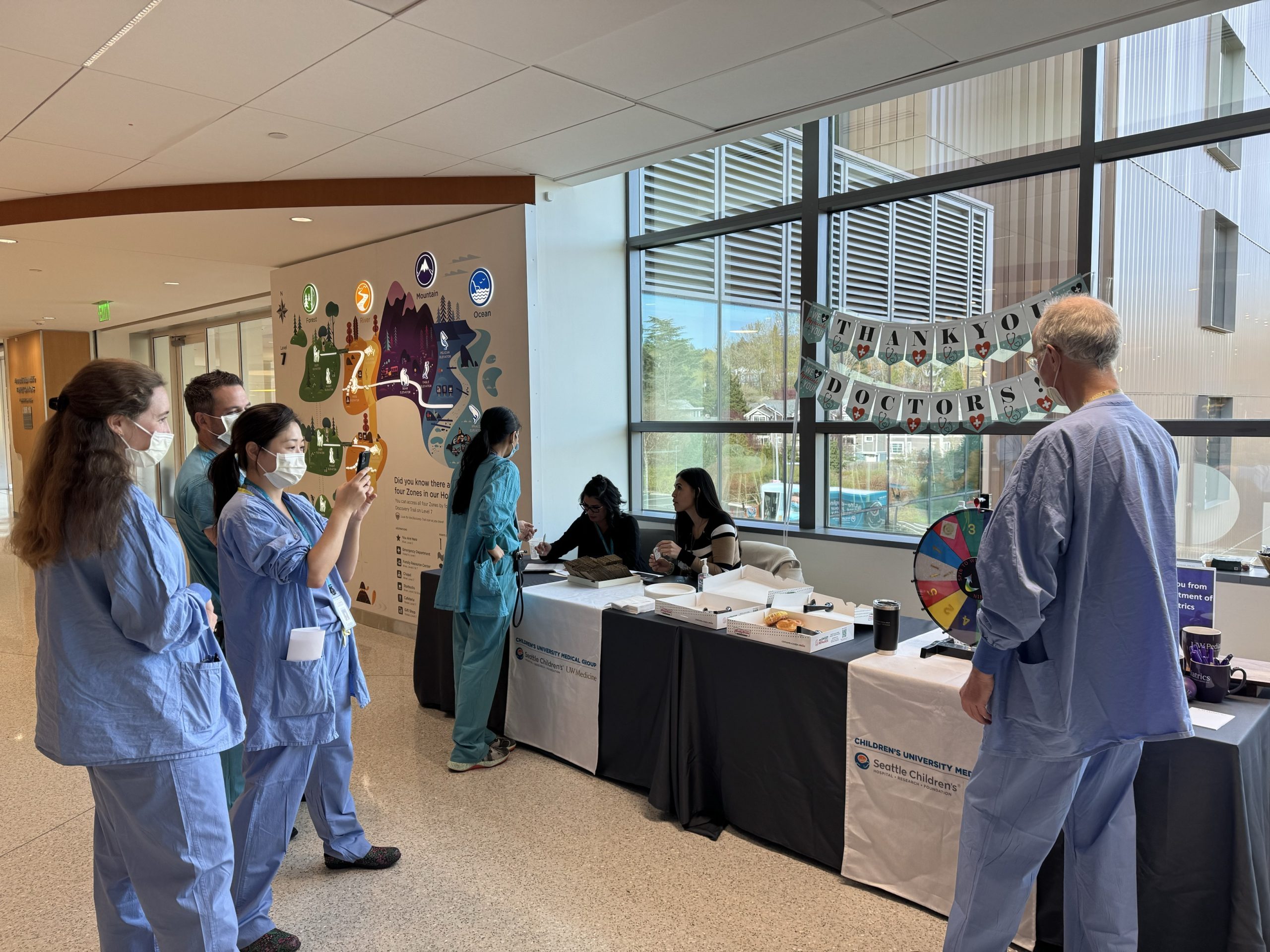
I was more than just a contributor. I was the pediatrician present, the one who transformed clinical truths into research clarity, even when the system favored abstraction.
Between 1997 and 2003, I experienced a six-year surge of vitality: equal measures of clinical innovation, research accuracy, and institutional pushback. It was my Trinity Site: a catalytic moment where everything came together: rural healthcare delivery, editorial discipline, and systems overhaul. The repercussions continue to influence how I write, testify, and recollect.
In Ohio, I took back rural developmental clinics that had been overlooked by my predecessor. These clinics provided care for children long neglected by institutional medicine. We merged speech, OT, psychology, and pediatrics into a unified operational model. No one provided a blueprint. We created it ourselves.
Over five years, we grew from sporadic visits to 4 locations into a network that included 25 developmental clinic sessions across 8 counties, along with 10 behavioral clinic sessions in 2 additional areas. Children from 20 surrounding counties came for assessments. That initiative earned the Academic Pediatric Association’s 2003 Health Care Delivery Award, but more crucially, it granted families access to care they had never previously received.
Subsequently, I assumed the role of chief pediatrician, alongside a former fellow, in the NIH-funded RUPP Autism Network, influencing landmark studies on psychopharmacology and autism spectrum disorders. Our research centered on disruptive behavior in children with ASD, investigating the efficacy and safety of medications such as risperidone, methylphenidate, and atomoxetine. I co-created protocols, conducted DSM-IV evaluations, analyzed data, and composed manuscripts. However, my most significant contribution arose during the final editorial review of our risperidone discontinuation study, published in the New England Journal of Medicine.
The Data Safety Monitoring Board had paused the study two-thirds through the sample. The results were evident, yet the manuscript lacked coherence: multiple authors, multiple perspectives, no unified message. I was tasked with editing the final version. I eliminated every passive sentence. I clarified the clinical implications. I ensured the paper communicated clearly and powerfully, just as our patients warranted.
That paper became a cornerstone. It affirmed what many of us had observed in practice: That risperidone could be effective, but its discontinuation required vigilant monitoring. It also demonstrated that pediatric voices, when trusted, could enhance the impact of psychiatric research.
I wrote or co-wrote eight additional peer-reviewed articles within the RUPP consortium. My ancillary studies enriched the pharmacological findings, covering nutritional intake and weight normalization following medication cessation. These were not mere academic exercises. They provided tangible tools for families navigating complex care.
I worked closely with Mike Aman, PhD, and the late Gene Arnold, MD, two titans in the field. Gene, a psychiatrist, led the Multimodal Treatment of ADHD (MTA) Study, which established that combination treatment surpassed medication or behavioral therapy alone. Mike contributed statistical rigor and clinical perspective to every project. I brought a practical pediatric viewpoint to the RUPP. Together, we influenced national discussions on autism treatment and pediatric mental health.
Later, as Director of a federally funded Leadership Education in Neurodevelopmental Disabilities (LEND) program, I secured a $2 million grant to educate interdisciplinary leaders in neurodevelopmental disabilities. We developed a curriculum that merged clinical care, policy, and family systems. We prepared future pediatricians, psychologists, and therapists not only to treat but to lead. That program became a prototype for replication, demonstrating that systems reform could be taught, scaled, and sustained.
However, even as our data gained traction, replication fell behind. Institutions hesitated. Systems stalled. The findings were published, validated, and cited, yet seldom implemented on a large scale. The divide between research and practice persisted stubbornly wide.
That is why I believe pediatric voices are essential, not only in the clinic but also in the research arena. We offer a distinctive perspective. We see the child beyond the diagnosis, the family behind the data point. We pose different questions. We edit differently. We write differently. And when given the opportunity, we clarify the message. We can inform Congress and the Cabinet Room about the need to eliminate health disparities in all pediatric care, not solely for children with developmental disabilities.
A call to uplift pediatric voices
We require more pediatricians engaged in national research, not merely as token contributors but as authoritative voices. We need editors who grasp both the science and the stakes. We need clinicians capable of translating data into care.
I was not seeking permission. I was constructing clarity in a system that frequently favored confusion. And I maintain that our mission remains: to articulate plainly, act accurately, and never forget for whom the research exists.
Ronald L. Lindsay is a pediatrician.
